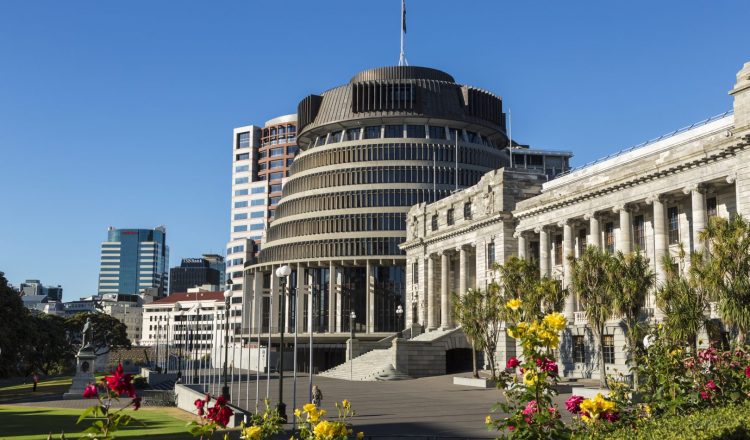New Zealand Politics
The politics of New Zealand function within a framework of a unitary parliamentary representative democracy. New Zealand is a constitutional monarchy in which a hereditary monarch—since 6 February 1952, Queen Elizabeth II—is the sovereign and head of state.
The New Zealand Parliament holds legislative power and consists of the Queen and the House of Representatives. The Queen is represented by the Governor-General of New Zealand when not present in the country herself. Members are elected to the House of Representatives usually every three years. Many of New Zealand’s legislative practices derive from the unwritten conventions of and precedents set by the United Kingdom’s Westminster parliament. Minority governments are common and typically dependent on confidence and supply agreements with other parties. The country has a multi-party system, though the dominant political parties in New Zealand have historically been the Labour Party and the National Party (or its predecessors).
Executive power in New Zealand is based on the principle that “The Queen reigns, but the government rules”. Although an integral part of the process of government, the Queen and her governor-general remain politically neutral and are not involved in the everyday aspects of governing. Ministers are selected from among the democratically elected members of the House of Representatives. Most ministers are members of the Cabinet, which is the main decision-making body of the New Zealand Government. The prime minister is the most senior minister, chair of the Cabinet, and thus head of government. Other ministers are appointed by the governor-general upon the advice of the prime minister, and are all accountable to Parliament.
The Economist Intelligence Unit rated New Zealand as a “full democracy” in 2016.The country ranks highly for government transparency, and has the lowest perceived level of corruption in the world.
MMP voting system
MMP is the voting system that is currently in place in New Zealand. MMP stands for ‘Mixed Member Proportional’. Political parties want to gain as many seats in parliament as possible. When people vote, they are choosing who they would want to represent the area they live in. The candidate with the most votes wins and becomes an MP.

















































